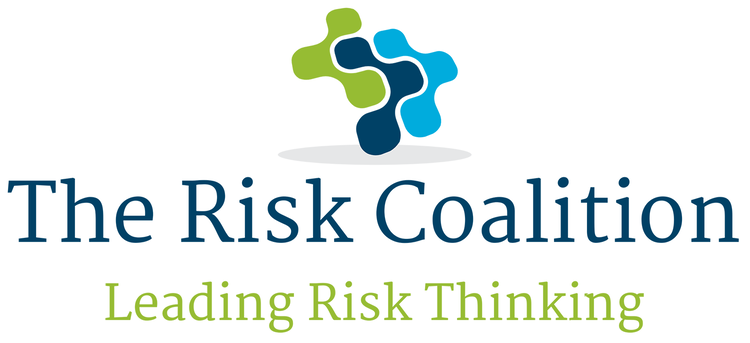If there is one enduring lesson from the COVID crisis for organisations of all sizes it has to be that risks, considered historically during planning cycles to be remote, can and do materialise. Indeed, such risks have materialised with increasing frequency in recent years, arising not only from the pandemic, but also from extreme weather events, cyber security attacks, significant data protection breaches and macro-economic disruptions.
It is no longer sufficient to have a great system of risk identification, evaluation and assessment, although for many organisations this is still something they must strive for. To thrive companies must be agile, adaptable and resilient. Resilience is the ability to prevent, adapt, respond to, recover and learn from operational disruption. It’s about creating, preserving and recovering value in the event of risks materialising.
Within the financial services sector the concept of resilience has been the subject of discussion for the last couple of years. In 2019 the Bank of England, together with the Prudential Regulatory Authority (PRA) and the Financial Conduct Authority (FCA), published a Joint Discussion Paper on Operational Resilience intended to start a dialogue on the requirement for a stronger framework with clearer principles. The proposals require financial services companies to identify important business services and be clear, through the expression of tolerances, on the maximum acceptable level of disruption that “severe but plausible” risks could be allowed to have on the business.
Having been party to many discussions, webinars and other forums since lock-down commenced it is clear that resilience is part of the new business language, the new normal for organisations emerging from the crisis. In the past short-term objectives have often ruled, leading to practices such as just-in-time supply chains and lowest cost offshoring of critical activities. In the future, companies that can demonstrate embedded resilience - commercial, financial and operational – such that they can withstand shocks and emerge stronger will be valued more highly. Investors are recognising that the ability to navigate calmly through emerging risks and shocks creates sustainable value.
Risk and resilience exist side by side. They are flip-sides of the same coin. To be resilient it is critical to understand risks, to dynamically stress-test scenarios and understand the “severe but plausible” consequences, across all aspects of the business. In the same way that risk cannot be owned or assessed solely by a Chief Risk Officer, resilience must be factored into all aspects of the organisation by suitably trained and aware leaders. The Board and Executive need to hold the mirror up and be honest about where the weaknesses are, and invest to strengthen their responses.
We should all have a desire to avoid operational failures. We are experiencing the personal pain that they cause as we live through recovering from the pandemic. Taking responsibility for prioritising business resilience is a critical responsibility for all leaders.
Carolyn Clarke, Brave Consultancy

